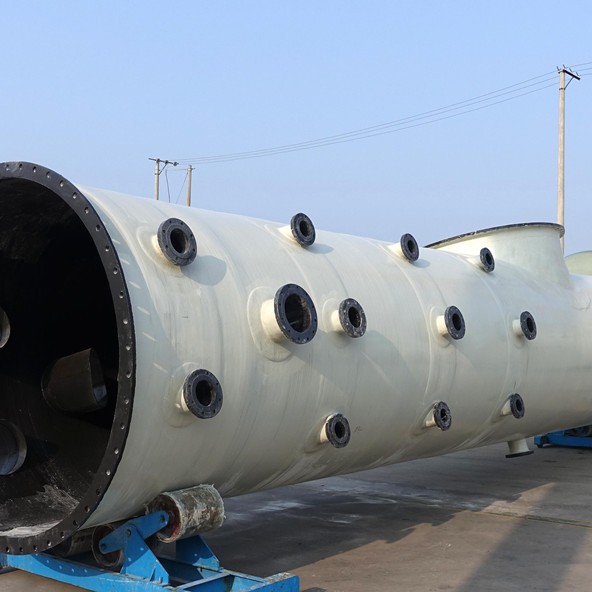
-
 Afrikaans
Afrikaans -
 Albanian
Albanian -
 Amharic
Amharic -
 Arabic
Arabic -
 Armenian
Armenian -
 Azerbaijani
Azerbaijani -
 Basque
Basque -
 Belarusian
Belarusian -
 Bengali
Bengali -
 Bosnian
Bosnian -
 Bulgarian
Bulgarian -
 Catalan
Catalan -
 Cebuano
Cebuano -
 China
China -
 China (Taiwan)
China (Taiwan) -
 Corsican
Corsican -
 Croatian
Croatian -
 Czech
Czech -
 Danish
Danish -
 Dutch
Dutch -
 English
English -
 Esperanto
Esperanto -
 Estonian
Estonian -
 Finnish
Finnish -
 French
French -
 Frisian
Frisian -
 Galician
Galician -
 Georgian
Georgian -
 German
German -
 Greek
Greek -
 Gujarati
Gujarati -
 Haitian Creole
Haitian Creole -
 hausa
hausa -
 hawaiian
hawaiian -
 Hebrew
Hebrew -
 Hindi
Hindi -
 Miao
Miao -
 Hungarian
Hungarian -
 Icelandic
Icelandic -
 igbo
igbo -
 Indonesian
Indonesian -
 irish
irish -
 Italian
Italian -
 Japanese
Japanese -
 Javanese
Javanese -
 Kannada
Kannada -
 kazakh
kazakh -
 Khmer
Khmer -
 Rwandese
Rwandese -
 Korean
Korean -
 Kurdish
Kurdish -
 Kyrgyz
Kyrgyz -
 Lao
Lao -
 Latin
Latin -
 Latvian
Latvian -
 Lithuanian
Lithuanian -
 Luxembourgish
Luxembourgish -
 Macedonian
Macedonian -
 Malgashi
Malgashi -
 Malay
Malay -
 Malayalam
Malayalam -
 Maltese
Maltese -
 Maori
Maori -
 Marathi
Marathi -
 Mongolian
Mongolian -
 Myanmar
Myanmar -
 Nepali
Nepali -
 Norwegian
Norwegian -
 Norwegian
Norwegian -
 Occitan
Occitan -
 Pashto
Pashto -
 Persian
Persian -
 Polish
Polish -
 Portuguese
Portuguese -
 Punjabi
Punjabi -
 Romanian
Romanian -
 Russian
Russian -
 Samoan
Samoan -
 Scottish Gaelic
Scottish Gaelic -
 Serbian
Serbian -
 Sesotho
Sesotho -
 Shona
Shona -
 Sindhi
Sindhi -
 Sinhala
Sinhala -
 Slovak
Slovak -
 Slovenian
Slovenian -
 Somali
Somali -
 Spanish
Spanish -
 Sundanese
Sundanese -
 Swahili
Swahili -
 Swedish
Swedish -
 Tagalog
Tagalog -
 Tajik
Tajik -
 Tamil
Tamil -
 Tatar
Tatar -
 Telugu
Telugu -
 Thai
Thai -
 Turkish
Turkish -
 Turkmen
Turkmen -
 Ukrainian
Ukrainian -
 Urdu
Urdu -
 Uighur
Uighur -
 Uzbek
Uzbek -
 Vietnamese
Vietnamese -
 Welsh
Welsh -
 Bantu
Bantu -
 Yiddish
Yiddish -
 Yoruba
Yoruba -
 Zulu
Zulu
Innovative Technologies for Reducing Sulfur Emissions from Power Plant Exhaust Gases
Flue Gas Desulfurization An Essential Technology for Environmental Protection
As industrial activities and energy production continue to surge worldwide, the environmental challenges associated with emissions have become increasingly apparent. Among these challenges, sulfur dioxide (SO2) emissions stand out as a significant contributor to air pollution and acid rain. To combat this problem, numerous technologies have been developed, with flue gas desulfurization (FGD) leading the charge. This article delves into the principles, methods, implications, and advances in flue gas desulfurization.
Understanding Flue Gas Desulfurization
Flue gas desulfurization is a set of processes aimed at removing sulfur oxides from the exhaust flue gases of fossil-fuel power plants and other industrial facilities. SO2, a byproduct of burning sulfur-containing fuels such as coal and oil, poses serious health risks, causing respiratory issues and contributing to environmental problems like acid rain, which can significantly affect ecosystems, water sources, and infrastructure.
The FGD process typically involves a reaction between the flue gas pollutants and absorbents, often limestone or lime, which facilitates the chemical reaction leading to the formation of gypsum (calcium sulfate). This conversion captures the sulfur content effectively while allowing the treated gases to be released as harmless emissions into the atmosphere.
Methods of Flue Gas Desulfurization
There are several methods employed in FGD, with the most common being wet scrubbing, dry scrubbing, and semi-dry scrubbing.
1. Wet Scrubbing This method uses a liquid absorbent to react with SO2 in the flue gas. It is predominantly used for larger installations and has a high removal efficiency, often exceeding 90%. The resulting byproduct, gypsum, can be further processed and utilized in the construction industry, making this method economically advantageous.
2. Dry Scrubbing In this approach, sorbents such as dry lime or sodium bicarbonate are injected into the flue gas stream. The reaction occurs in the dry state, and the byproducts are collected as solid waste, which may require disposal or further treatment. While less efficient in some scenarios compared to wet scrubbing, dry scrubbing can be advantageous for smaller plants with lower capital costs.
flue gas desulfurization

3. Semi-Dry Scrubbing This method combines elements of both wet and dry scrubbing by spraying a slurry of absorbent into the flue gas. This technique can achieve high removal efficiencies while generating byproducts that are easier to handle than those from wet scrubbing, making it an attractive option for many facilities.
Environmental and Economic Implications
The implementation of FGD systems plays a crucial role in reducing the environmental impact of power generation and industrial processes. By significantly lowering SO2 emissions, FGD technologies help improve air quality, mitigate acid rain, and protect human health. Furthermore, the recovery and utilization of byproducts like gypsum not only contribute to waste reduction but also promote resource efficiency within the industry.
From an economic standpoint, while the initial investment in FGD systems can be substantial, the long-term benefits—such as compliance with increasingly stringent environmental regulations, reduction in health-related costs, and potential revenue from byproduct sales—often justify the expense.
Recent Advances in Technology
In recent years, advancements in technology have enhanced the efficiency and effectiveness of FGD systems. Innovations include the development of novel absorbents with higher reactivity, improvements in monitoring and control systems for optimized operation, and the integration of carbon capture technologies. These enhancements not only promise better SO2 removal rates but also contribute to the overall reduction of carbon emissions, addressing another critical environmental concern.
Conclusion
Flue gas desulfurization stands as a pillar in the quest for cleaner industrial practices. As the world continues to grapple with the consequences of pollution, technologies like FGD not only safeguard environmental health but also represent an opportunity for sustainable development. Through ongoing innovation and commitment to reducing industrial emissions, we can pave the way for a cleaner, healthier future for generations to come.









